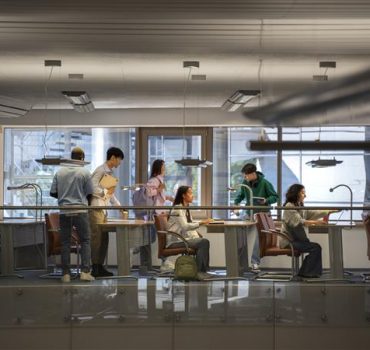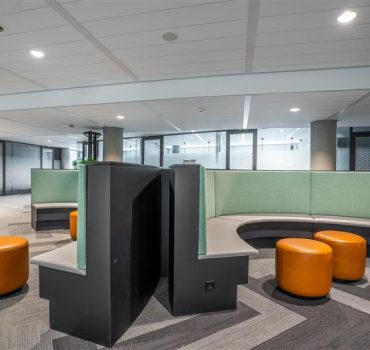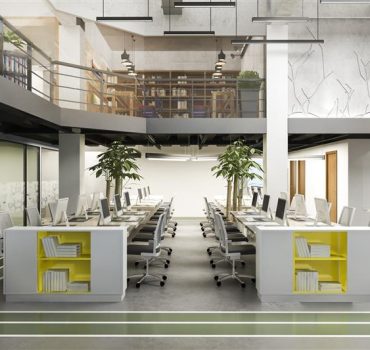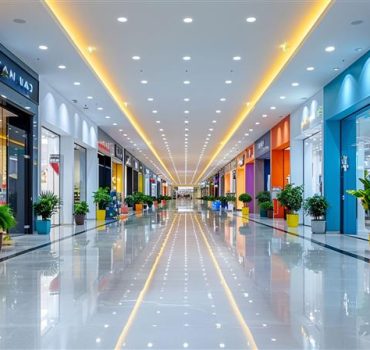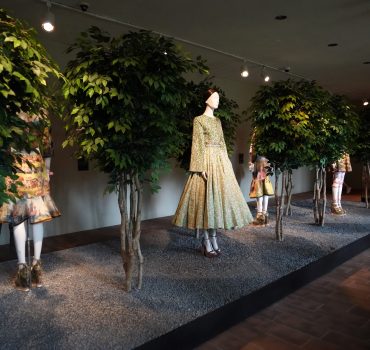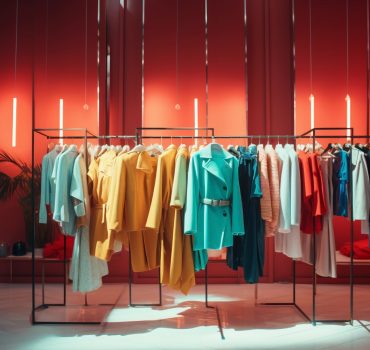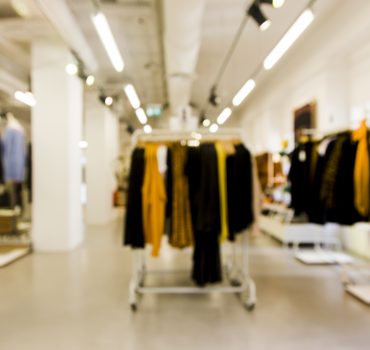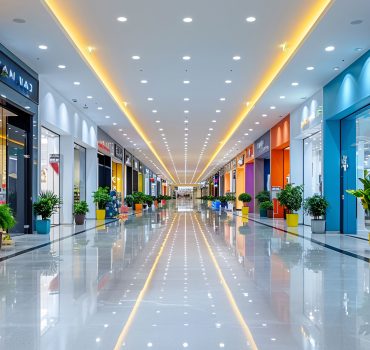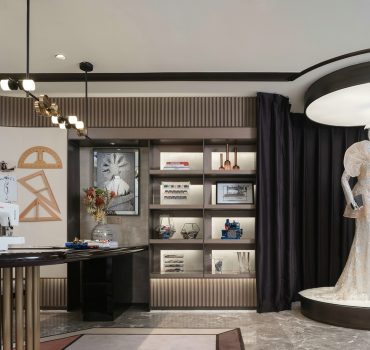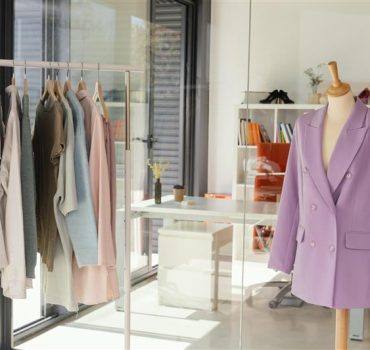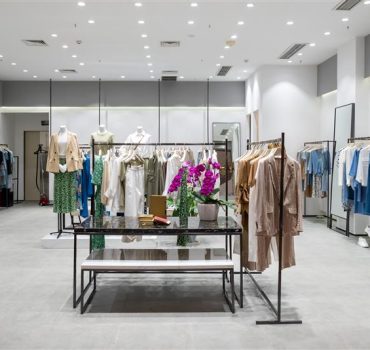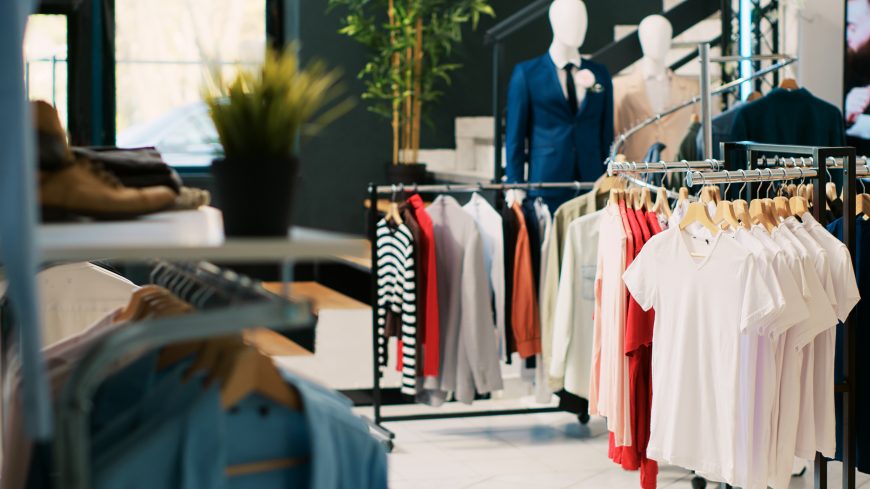
Synopsis
The success of any retail outlet today lies not just in its products, but in the customer experience it delivers—starting with its interiors. This blog explores the art and strategy behind retail store interior design, with a special focus on boutique interior decoration. From apparel shops to luxury home decor stores, how you design your interiors influences footfall, brand perception, and even purchase decisions. We’ll look at key principles of shop interior design and explore ways to blend functionality with aesthetics. Whether you’re planning clothes shop interiors or looking for storefront interior design inspiration, the goal remains the same—create a space that attracts, engages, and converts. With rising competition, every design choice matters, and understanding modern retail interior dynamics can be your competitive advantage. The blog will also touch upon spatial layouts, colour psychology, display planning, and how modern interior decor stores are redefining customer journeys.
Table of Contents
ToggleThe Role of Interiors in Retail Store Success
Retail store interior design influences how customers behave, how long they stay, and how much they buy. Thoughtfully planned layouts enhance product visibility while facilitating smooth movement. Smart designs create comfort zones while maintaining visual storytelling. A well-designed store is not just attractive—it’s strategic.
Boutique Interior Decoration – More Than Just Style
In boutique spaces, boutique interior decoration must align with the brand’s identity and clientele expectations. This includes furniture selection, decor accents, and sensory cues like scent or sound. Whether minimal, boho-chic, or luxurious, each detail must reflect the narrative you want to share through your space.
Smart Space Planning for Retail Layouts
Shop interior design starts with zoning—strategically placing high-margin items, trial rooms, cashier counters, and bestsellers. Flow matters. Circular layouts work well for boutiques, while grid or racetrack layouts suit larger apparel stores. Every zone should encourage discovery and seamless transition.
Storefront Design – First Impressions Matter
Your storefront interior design is your retail handshake. Bold signage, attractive window displays, and inviting entry points set expectations. Glass fronts with curated highlights offer visual access. Layered lighting and brand-aligned colours can compel passersby to walk in—even before they know your brand.
The Psychology of Colours in Clothes Shop Interiors
Colour directly affects purchase behaviour. Bright tones create excitement in fast fashion, while neutrals lend sophistication to luxury labels. Your clothes shop interior must balance aesthetic and emotional response. Incorporating your brand palette consistently—from shelves to wall art—strengthens identity and recall.
Lighting, Display, and Product Focal Points
Strategic lighting accentuates product details, creates ambiance, and leads customer focus. Accent lighting draws attention to key merchandise, while warm, layered lighting enhances mood. Coupled with curated shelving and signage, these elements complete the design cycle of modern interior decor stores.
Design5’s Edge in Retail Interior Design
Design5 understands the demands of modern retail. Our team blends retail store interior design techniques with trend-driven aesthetics. From boutique interior decoration to large shop interior design plans, we focus on brand elevation and customer engagement through thoughtful, detail-rich environments.
Collaborate with Design5 for Future-Ready Interiors
With experience across apparel, decor, and multi-brand stores, Design5 transforms your retail vision into a physical reality. From storefront interior design to spatial planning, lighting, and branding, we bring design intelligence that ensures every square foot is optimised for visual impact and commercial performance.
FAQs
What makes a retail store interior design successful?
A successful design maximises space, guides customer flow, and supports the brand identity. Lighting, layout, and visual merchandising work in sync. The right balance between aesthetics and practicality encourages customers to explore and purchase, improving the store’s performance.
How do boutique interiors differ from other retail stores?
Boutique interior decoration focuses on niche storytelling and exclusivity. It involves personalised decor, luxurious materials, and curated layouts. Unlike larger retail formats, boutiques aim to create intimate and unique shopping experiences that reflect brand values and target audiences.
Why is storefront interior design so important in retail?
Storefront design serves as the customer’s first visual interaction with your brand. A compelling entrance, creative displays, and lighting can turn a passerby into a shopper. It also sets the tone for what customers can expect inside the store, impacting their willingness to enter.
What colours are ideal for clothes shop interiors?
Neutral tones like beige and grey are ideal for upscale stores, while vibrant hues like red, orange, or yellow work well for trendy fashion. Colours should reflect the brand’s vibe and influence how customers feel—whether it’s relaxed, energised, or inspired to shop.
How do interior decor stores use layout to boost sales?
Modern interior decor stores use storytelling layouts—creating scenes or vignettes to show how products fit into real life. By arranging products in curated spaces, they help customers visualise them in their homes, increasing the likelihood of a sale. Clear signage and comfortable navigation are also key.
Recent Post
- Office Interior Design & Commercial Interiors: Building Spaces That Boost Business
- Office Interior Design & Commercial Interior Solutions: Creating Spaces That Boost Productivity and Image
- Office Interior Design & Corporate Interiors: Crafting Productive Workspaces with Style
- Retail Store Interior Design & Shop Layouts: Creating Immersive Shopping Experiences
- Corporate Interior Design & Office Layouts: Transforming Business Spaces into Brand Experiences

